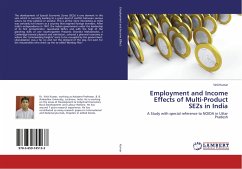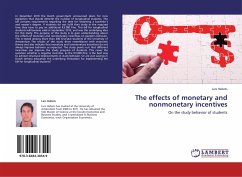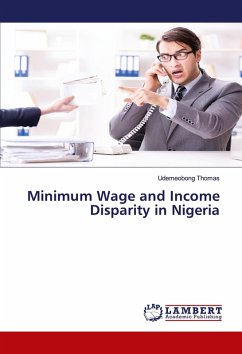The development of Special Economic Zones (SEZs) is one element in this vein which is currently leading to a great deal of conflict between various actors, be they political or societal. This is all the more interesting as India was certainly not known as a country that inspired foreign investors. After India's independence in 1947, the Indian government under the leadership of its first primeminister, Jawaharlal Nehru and with the help of the planning skills of one nowforgotten Prasanta Chandra Mahalanobis, a Cambridge-trained physicist and statistician, ushered a planned economy in where the "commanding heights" were to be occupied by the government. Liberalization was a far cry and not the demand of the day, not even for the industrialists who drew up the so-called "Bombay Plan".
Bitte wählen Sie Ihr Anliegen aus.
Rechnungen
Retourenschein anfordern
Bestellstatus
Storno








